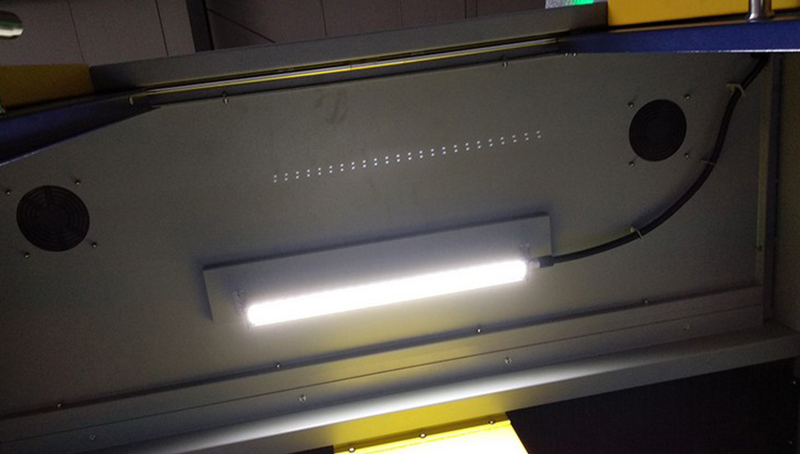
In graphite manufacturing environments, managing airborne dust is critical. Dust contaminants not only degrade equipment lifespan and machining accuracy but also pose significant health risks to operators. Precision processes such as CNC graphite machining demand reliable and efficient dust control systems. This article rigorously examines the operational principles and performance metrics of wet scrubbing systems through spray design, water pressure regulation, and filtration loops, juxtaposed with the limitations found in dry dust collection technologies. Supported with practical application insights and maintenance guidelines, the analysis equips decision-makers with science-backed knowledge to enhance equipment stability and workplace safety in high-precision graphite machining.
Graphite machining generates fine dust particles, often below 10 microns (PM10), that rapidly accumulate on machine components, causing abrasion and unpredictable thermal expansion. This microscopic dust detrimentally affects tool lifespan and CNC accuracy tolerance, potentially increasing scrap rates by up to 15%. Furthermore, prolonged inhalation of graphite dust presents occupational hazards including respiratory irritation and long-term pulmonary issues, leading to costly absenteeism and regulatory compliance challenges.
“According to a 2023 industry study by the International Machining Association, wet dust collection systems improve dust capture efficiency by over 30% compared to dry systems in abrasive material environments, significantly lowering airborne particulate levels.”
Central to wet scrubbing technology is the high-pressure spray nozzles that atomize water to envelop dust particles, effectively entrapping them within liquid droplets. Water pressure modulations calibrated between 3 to 6 bars ensure optimized droplet size for maximal dust adherence without excessive water consumption. After capture, the dust-water slurry is conveyed through circulation pipelines to multi-stage filtration units typically combining bag filters and cyclonic separators with filtration efficacy exceeding 99.7% for particles down to 1 micron.
This closed-loop water recycling system minimizes freshwater use to below 10 liters per hour for standard graphite processing units, reducing environmental impact and operational expense. Additionally, the wet scrubbing approach inherently suppresses secondary dust clouds common in dry systems, substantially improving workshop air quality.
| Feature | Dry Dust Collection | Wet Scrubbing System |
|---|---|---|
| Dust Capture Efficiency | ~65-75% for fine particles | > 95% for particles <1 micron |
| Maintenance Frequency | Weekly filter replacements, manual cleaning | Monthly filter washing, automated slurry removal |
| Operational Stability | Susceptible to clogging and efficiency decline | Consistent performance with automated controls |
| Environmental Impact | Dust emission risk during filter changes | Reduced airborne dust, water recycling included |
| Suitability for High-Precision Machining | Limited – dust re-circulation risk | Highly suitable – stable, fine dust control |
The DC6060G graphite machining center integrates a proprietary wet scrubbing solution featuring adjustable nozzles and a real-time water pressure monitoring interface. Field installations report an average 40% reduction in particle deposition on tooling surfaces, extending cutter lifespan by over 20%. Operational uptime has increased by 15% due to less frequent dust-induced stoppages, while operator air quality measurements consistently remain below OSHA PEL (Permissible Exposure Limit) at 0.1 mg/m³ over 8-hour shifts.

Regular maintenance ensures the operational integrity of wet scrubbing systems. Critical points include:
Common troubleshooting procedures address nozzle blockage, unexpected pressure drops, and filtration sludge accumulation. Timely response aids in preventing downtime and sustaining the system’s superior dust control efficacy.

Compared to traditional dry dust collection, wet scrubbing systems offer enhanced particle retention, reduced secondary emissions, and lower maintenance interventions. These advantages translate into:
Consequently, wet scrubbing technology presents a scientifically validated, economically sensible solution tailored for the demands of precision graphite machining environments.

Discover How to Boost Your Graphite Processing Precision with Advanced Dust Control Systems

